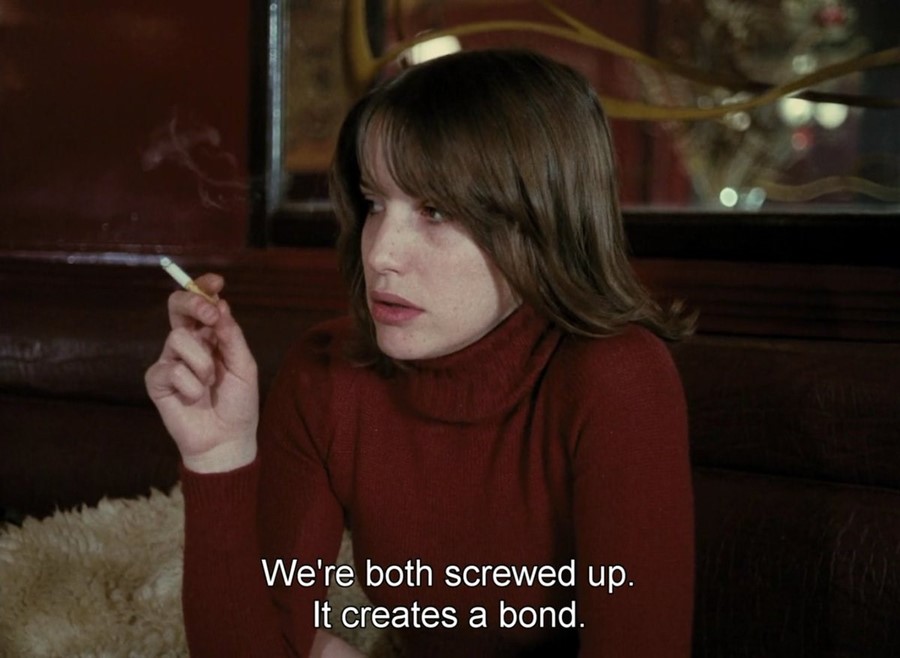From the allure of control top underwear to always keeping the tags on new clothes, we unpick the sartorial teachings from Éric Rohmer’s 1972 French fable, Love in the Afternoon
The sixth and final of Éric Rohmer’s moral tales series – a set of fable-like cinematic works conceived during the midst of the 1960s sexual revolution before becoming an art house favourite in the 1970s – Love in the Afternoon (1972) is a portrayal of our problematic relationship with, well, monogamous relationships. Frédéric, a successful lawyer, is married to the lovely schoolteacher Hélène and lives a happily bourgeoisie and relatively quiet life in Paris. However, a sense of discontent stirs in his loins and Frédéric finds himself fantasising over the various women passing him by on the streets of the city, imagining a magical amulet hanging round his neck that can persuade these women to fall under an amorous spell (a directorial detail that is not creepy in the slightest).
But Frédéric’s fantasies are soon to become a reality, when our female protagonist Chloé (played by French it-model Zouzou) throws a flesh and blood spanner in the works by abruptly returning into his life after a long absence. Does he love his wife? Does he love Chloé? Is it possible to love two women at once? Will he succumb to Chloé’s siren call, or will his moral compass guide him towards the virtues of fidelity? If you don’t know the answers to these questions already, we’ll leave you to watch the film and see for yourself. In the interim, we present some of our own lessons to learn, including a very important message on the erotic potential of control top underwear.
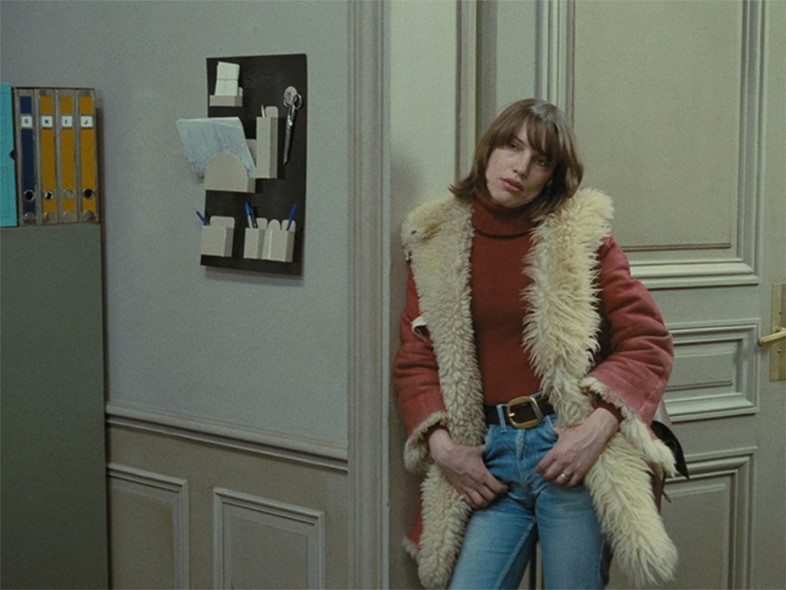
1. Make a repeated entrance
When Chloé turns up out of the blue at Frédéric’s office, she is wearing a red polo neck, high-waisted, derrière-cupping jeans cinched by a belt, and a shearling coat (plus a pair of rather Prada-esque platform boots). Her hair is cut into a long paige boy-type style, with a shaggy fringe framing her brown eyes, which sear into Frédéric as she seductively lounges on a chair puffing on a roll-up cigarette. Chloé continues to pop in and out of Frédéric’s life at random and inopportune moments, reminiscent of a Parisian Glenn Close in Fatal Attraction. Rather than freaking Frédéric out, however, this seems to captivate him further. Perhaps it’s because every time she reappears, she’s wearing a new outfit: from a delightful bright turquoise suit to a monochromatic ensemble complete with a sleek chignon that would make Karl Lagerfeld proud.
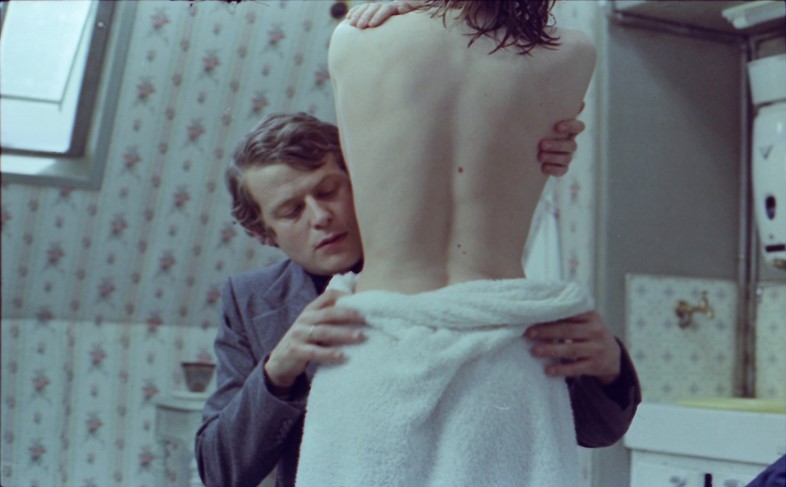
2. Work night shifts
The plot device that gave the film its title consists of Chloé working night shifts, leaving her free for amourous pursuits during daylight hours. “Some girls blossom at night but in the day they’re wilted,” says Frédéric to his wife Hélène when they mysteriously ‘bump into’ Chloé whilst shopping for clothes for their unborn baby. However, for Chloé, seemingly the opposite sentiment would apply. Oh Frédéric, how misguided you are.
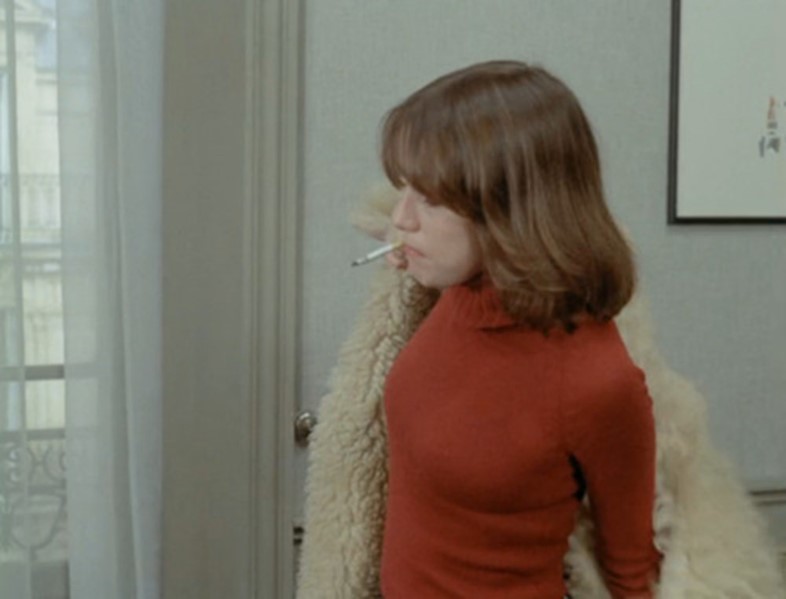
3. Polo necks should be a wardrobe staple
We shouldn’t really expect anything less from a film that is dripping in 1970s style tropes. But even so, it’s worth noting that polo necks are Chloé’s staple sartorial choice, the most notable being the aforementioned red knit that she wears during a café scene in which she describes to Frédéric the moment she tried to kill herself using a gas oven à la Sylvia Plath. “We’re both screwed up, it creates a bond,” she says, referring to the relationship she had with an ex-boyfriend that drove her to madness. Well, our heroine might be clinically unstable, but at least she is making very sensible wardrobe decisions.

4. Never compromise on love
During the climax of their love affair, Chloé doesn’t shy away from revealing her true feelings to Frédéric. “I’m in love with you,” she exclaims, before declaring that she wants him to be the father of her child because ‘he has blue eyes’, a rational decision for procreation if ever there was one. “This is crazy,” says Frédéric, in response. We’d be inclined to agree. However, Chloé undoubtedly one-ups him in this debate by firing back with: “It’s crazy to stay with someone you don’t love,” making a dig at his lacklustre marriage, before launching into a spiel about the virtues of polygamy. Which leads us onto the next filmic metaphor…
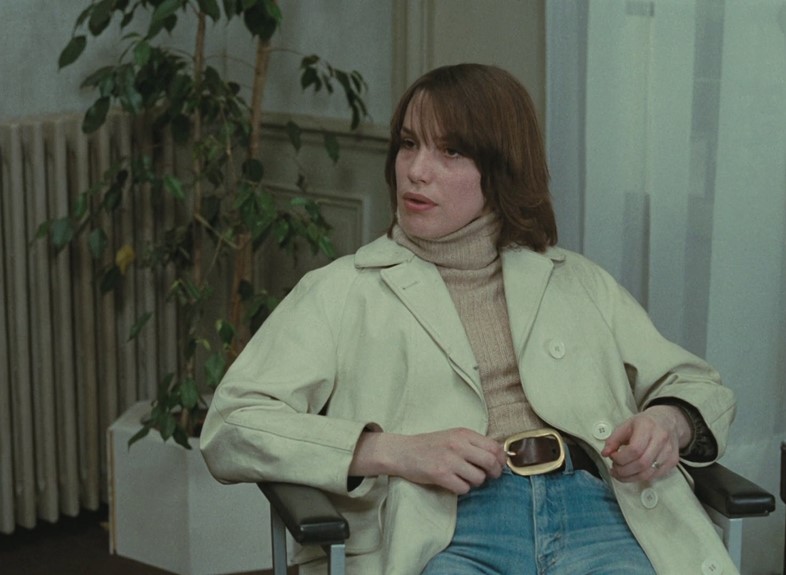
5. Try before you buy
Arguably, Rohmer uses the metaphor for trying on clothes to allude towards partner swapping, with many scenes taking place in fitting rooms, where the testing out and purchasing of new garments becomes representative of multifarious sexual exploits. Chloé eventually gains employment as a shop assistant, exclaiming: “I have nothing else to do, so try a dress on every three hours,” backing up her penchant for polyamory. “That’s barbarian!” says Frédéric, objecting to her lifestyle, “it turns women into slaves.” “Not if women do it well,” Chloé quips back. We’re convinced that this is also clear indication of the fact that Chloé is the type of woman to keep tags on her clothes and wear them once before returning them. Ingenious.
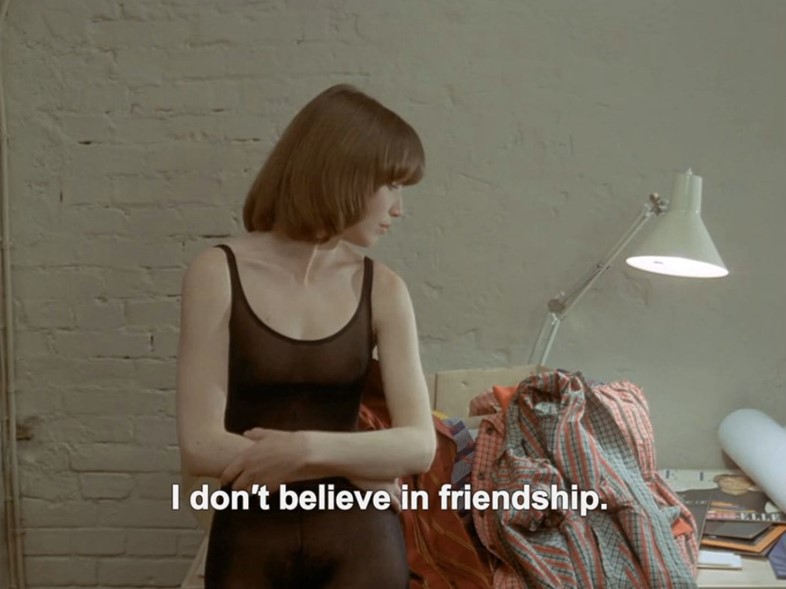
6. Spanx can be sexy
During the scene where Chloé describes the tedium of shop work, she sheds her gingham A-line dress – which looks a lot like it’s been crafted from the tabard of a dinner lady – to reveal a black bodystocking in the likeness of heavy duty control top underwear. Somehow (perhaps due to the fact that it is semi-transparent) she manages to make this look sexy, and Frédéric is magnetically drawn to the tightly packed contours of her body. Get us to the lingerie section in Marks & Spencer, immediately.
